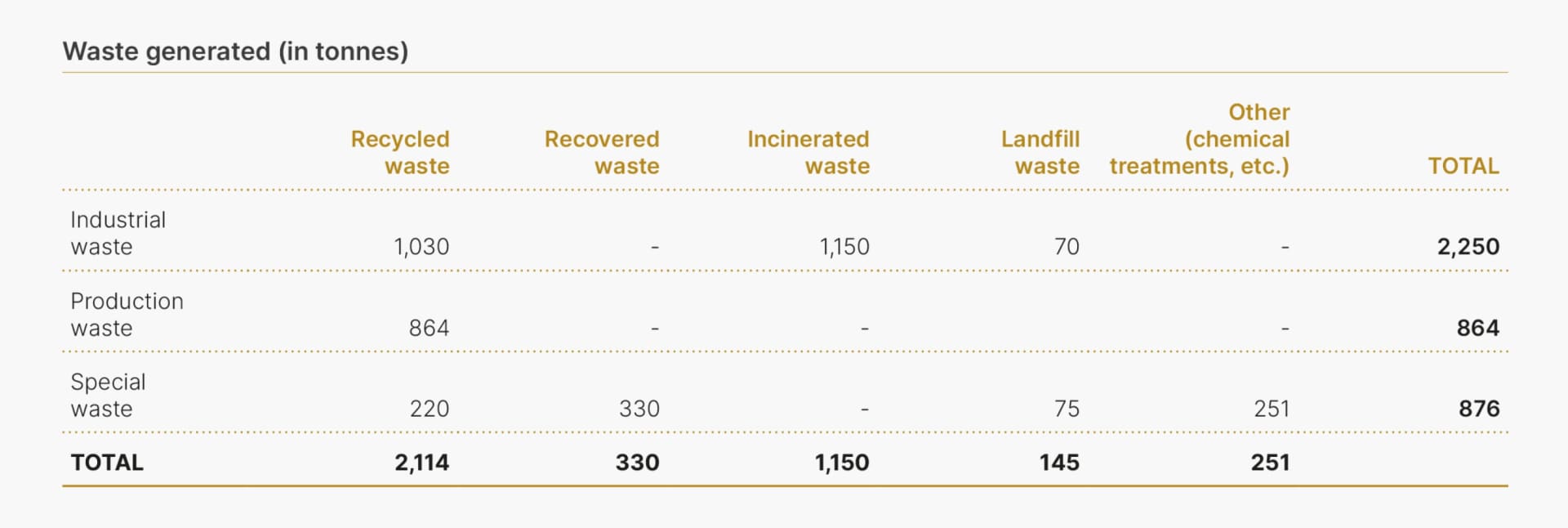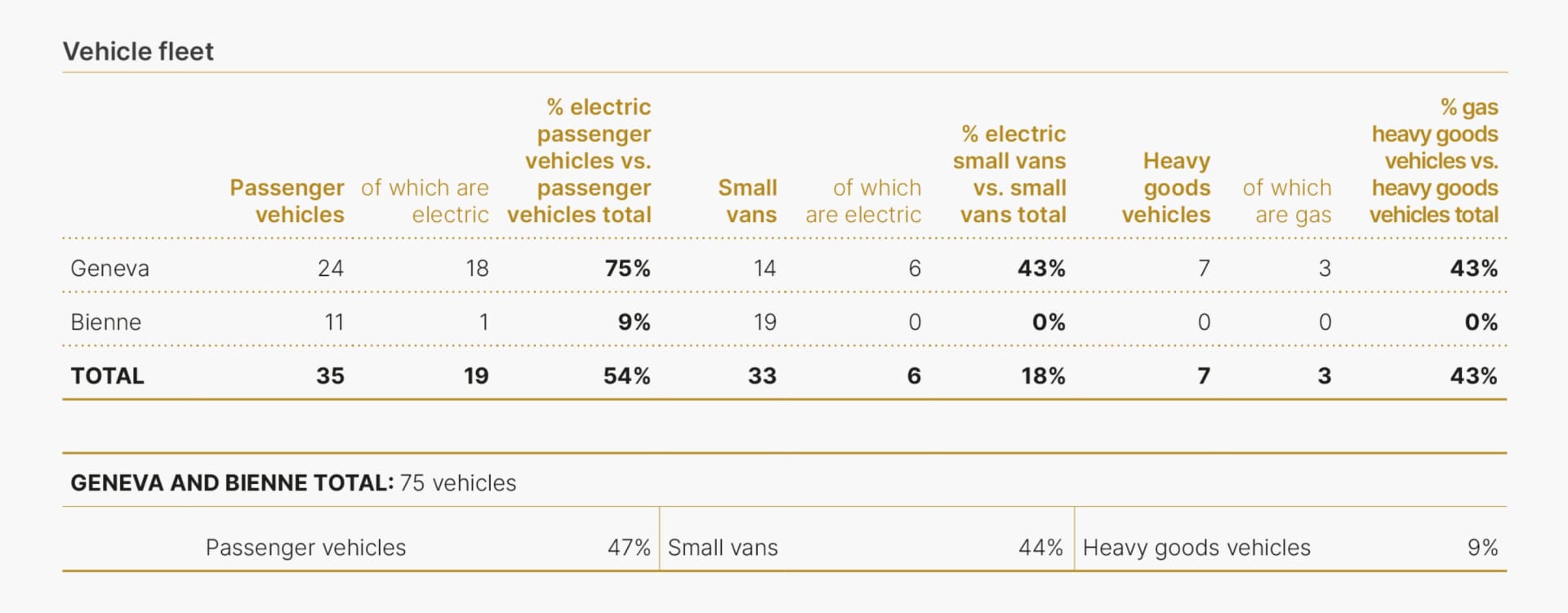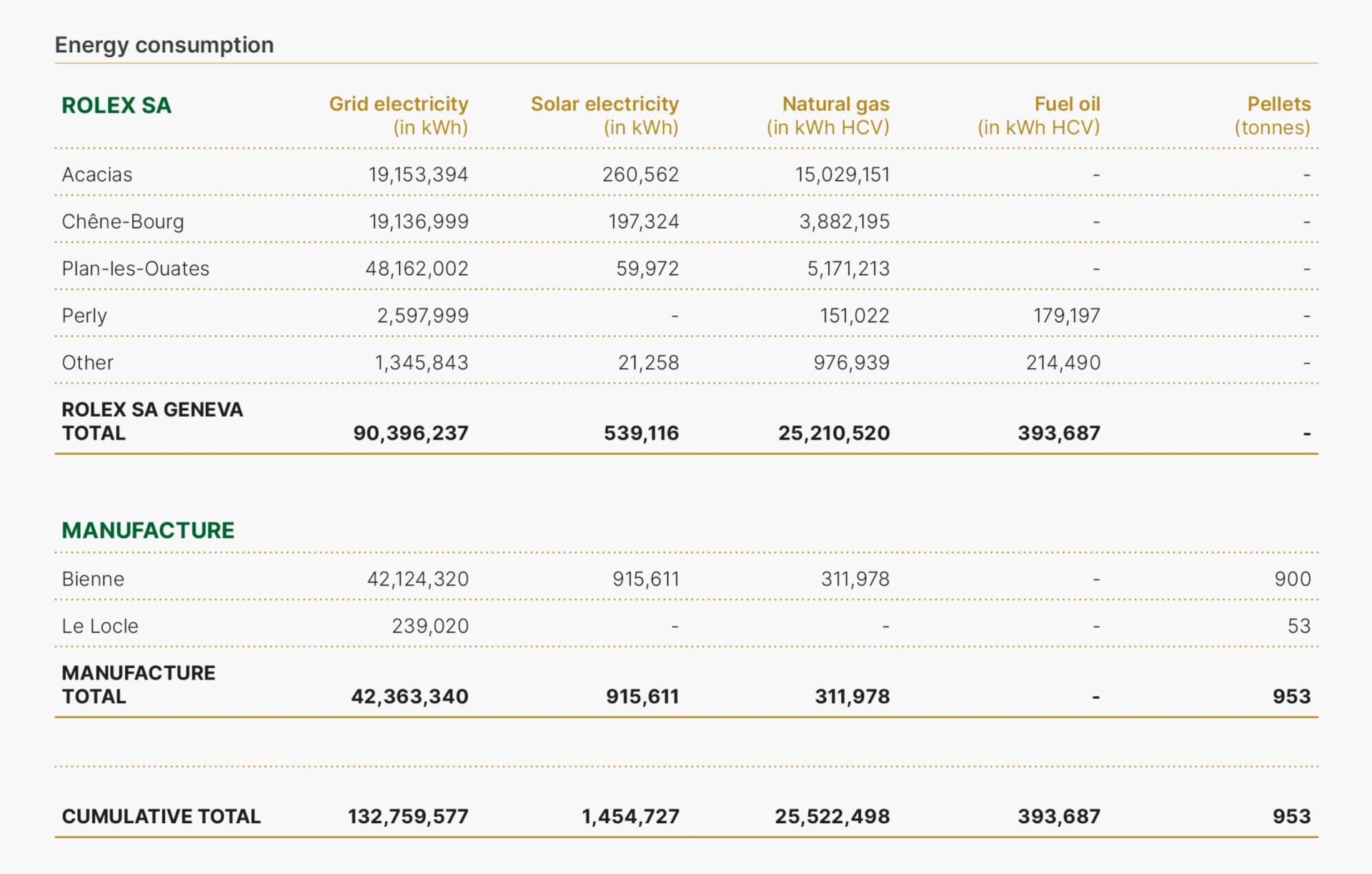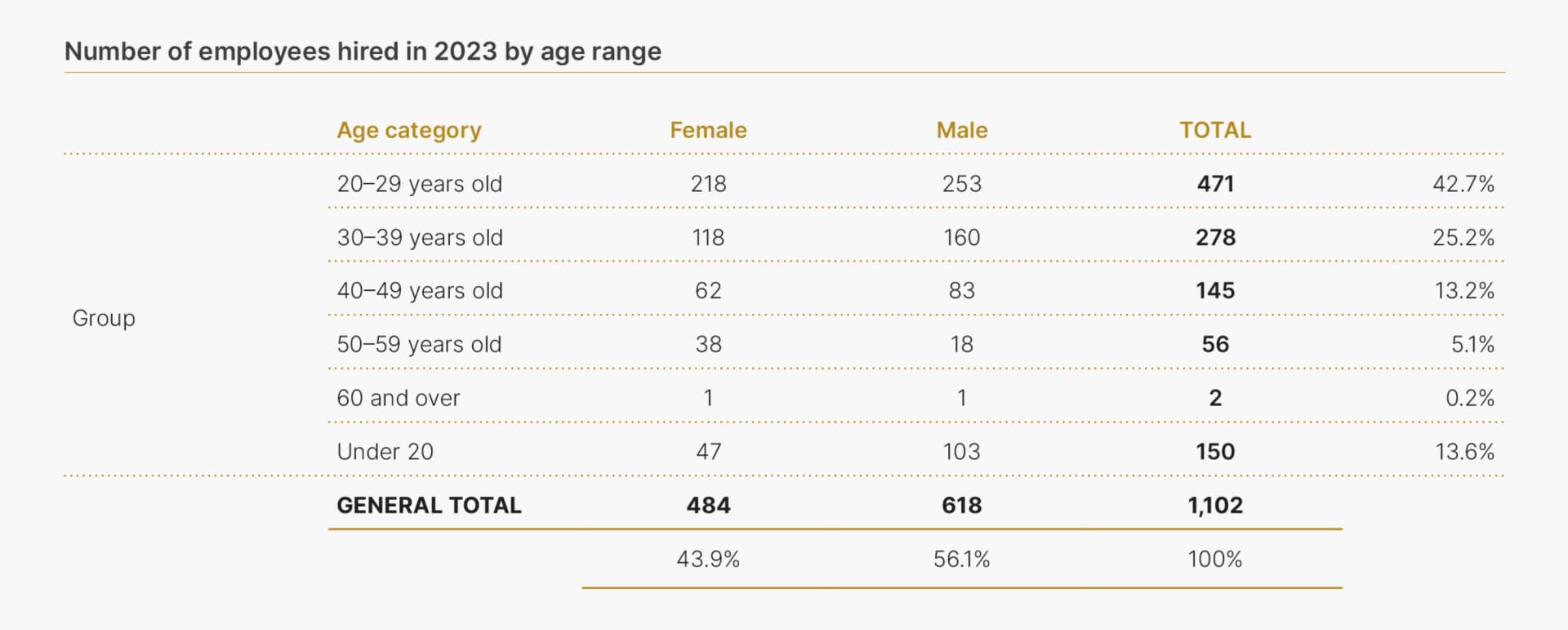2023 Sustainability report
Appendices
Sustainability indicators






Responsible employer






About this report
Rolex’s sustainability policy and related initiatives have been reported internally since 2017. This year, the brand is making this report public to highlight its commitment to CSR.
Scope of the report
The elements described in this document concern the activities carried out by the various administrative and production sites in Switzerland of Rolex SA, a limited company under Swiss law with its headquarters in Geneva, as well as Manufacture des Montres Rolex SA based in Bienne. When the term Rolex is used, it should be understood as encompassing the entire scope described here. Rolex SA groups together the various sites established in the canton of Geneva. Manufacture des Montres Rolex SA includes the Bienne site.
Scope of the ODiTr
The chapter on Rolex’s Supply Chain as well as the section dedicated to governance, ethics and compliance in the Governance chapter cover the legal requirements in relation to the Federal Ordinance on due diligence and transparency obligations regarding minerals and metals from conflict-affected areas and child labour of 3 December 2021 (ODiTr). The ODiTr’s scope applies to Rolex SA, Manufacture des Montres Rolex SA, Rolex Promotions SA, Roldeco SA, Montres TUDOR SA and Manufacture TUDOR SA. This group is also known as the ‘Rolex group�’.
Scope of the carbon footprint
When calculating its carbon footprint, Rolex has worked on a broader scope to reinforce the impact of its climate strategy initiatives. This covers the activities of Rolex SA, Manufacture des Montres Rolex SA, Roldeco SA, Swiss affiliates and foreign service and distribution affiliates.
In 2023, in line with the results of its carbon footprint, Rolex submitted its greenhouse gas emissions reduction targets to the Science-Based Targets initiative for the entire scope involved in its carbon footprint calculation, with the addition of TUDOR SA, an affiliate of Rolex SA.
Reporting period
Acting as the first milestone that will make it possible to measure Rolex’s sustainability performance and progress in the future, this report covers the period of activity from 1 January 2023 to 31 December 2023.
Language
This report was written in French and translated into English. French is therefore the reference language.
External assurance
This report will not be audited externally.
Contact
If you have any specific queries about the information contained in this report, please contact the Impact and Sustainability Department at the following address: ch.ge.durabilite@rolex.com
Publication date
September 2024 ©Rolex SA